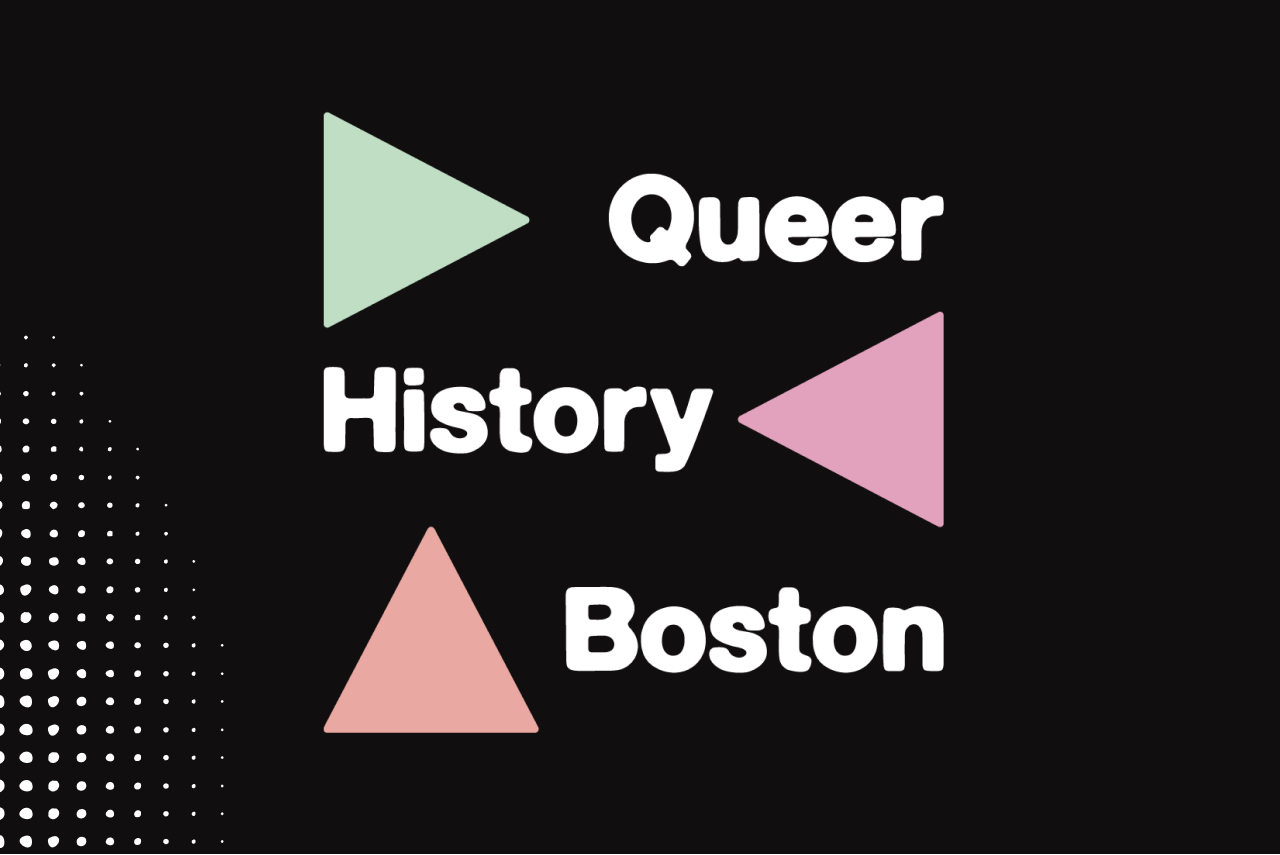Branded Social Media Graphics and Campaign for Nonprofit
The Waterfront: Yours to Enjoy and Explore

A social media and outreach campaign to bring Boston residents to the city’s waterfront
Design a branded campaign and digital graphics for a waterfront access initiative.
Role
Nonprofit campaign graphic designerStudio
Joelle RiffleCollaborators
Deliverables
Posters, social media graphics, one-pagers, stickersClient
The American City Coalition (TACC) is a nonprofit organization grounded in an inclusive, comprehensive, and collaborative approach to neighborhood revitalization.


